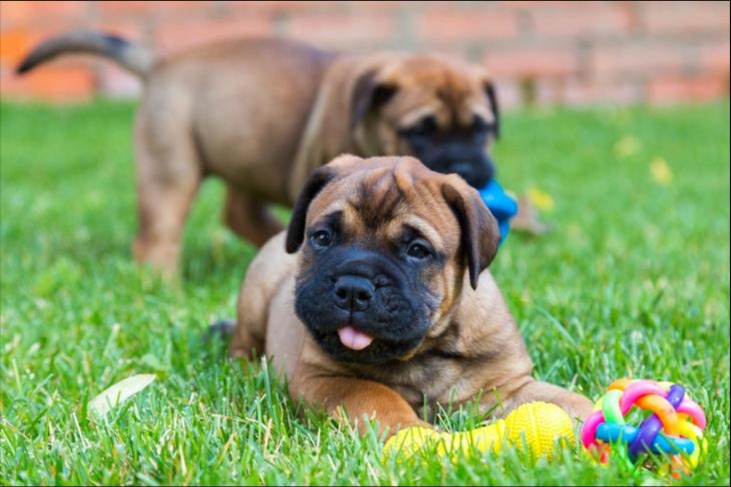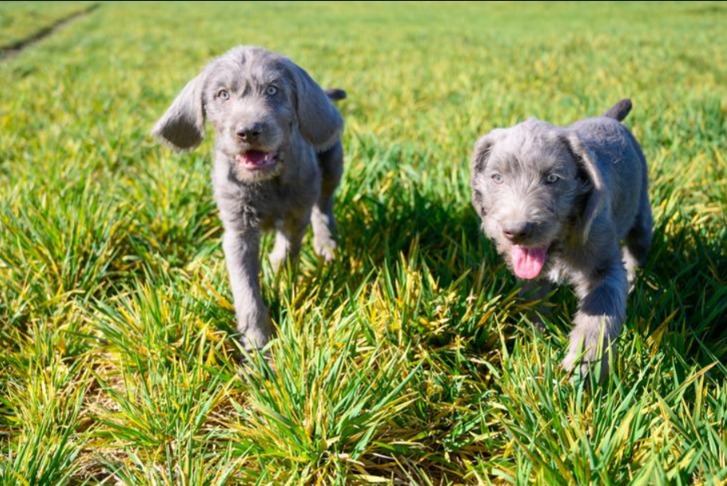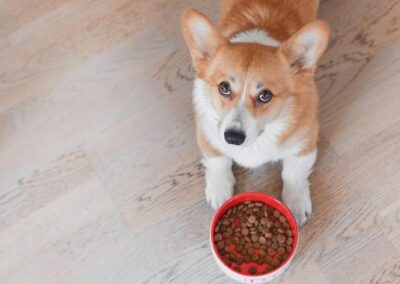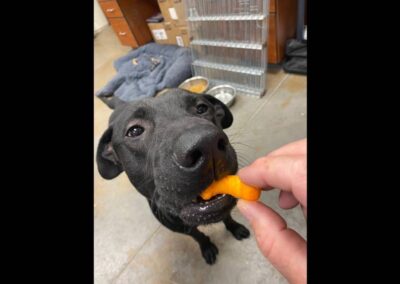
Bringing a new puppy home is a thrilling experience. The little bundle of fluff and energy quickly becomes the center of your universe. While you’re busy with house-training and finding the perfect chew toy, there’s one mission that’s more crucial than all the rest combined: socialization.
This isn’t just about letting your puppy play with other dogs. It’s about shaping their entire worldview and setting them up for a lifetime of confidence, curiosity, and happiness.
Think of a puppy’s mind like a sponge. Between the ages of 3 and 16 weeks, this sponge is at its most absorbent. This is the critical socialization window, a short but powerful period when your puppy’s brain is most open to new experiences and most capable of forming positive associations.
What they encounter during this time—the sights, sounds, smells, and sensations—will form the foundation of their personality as an adult dog.
Get it right, and you’ll have a dog that’s calm and confident in any situation. Get it wrong, and you risk a lifetime of fear, anxiety, and behavioral problems.
So, how do you make the most of this precious window?
The key is positive exposure. Every single new experience must be a good one. Don’t force your puppy into a situation they find scary. Instead, make it fun and rewarding.
Use high-value treats and constant praise. If your pup is unsure about a vacuum cleaner, sit with them at a safe distance, turn it on for a second, give them a treat, and turn it off. Repeat until they realize the loud monster brings delicious rewards.

Your socialization checklist should be diverse and intentional. It goes far beyond just meeting other dogs. Start with people: expose your puppy to a wide variety of folks—men, women, children, people in hats, people with beards, people using walkers, people with different voices and appearances.
The more types of people they meet in a positive way, the less likely they are to develop fear-based reactions as an adult.
Next, focus on the world around them. Take your puppy on trips to different places: a local park, a quiet city street, a hardware store that allows pets. Let them walk on different surfaces—grass, pavement, gravel, tile.
Let them feel different things on their paws and explore new scents. Expose them to new sounds in a controlled way: the clatter of a coffee pot, the sound of a doorbell, the rumble of a bus, or even the crackle of a fire. It’s about desensitization, creating a safe framework where they learn that these new stimuli aren’t a threat.
And yes, other dogs are essential, but they must be the right kind of dogs. Your puppy should only be meeting other puppies and friendly, fully vaccinated adult dogs. A bad experience with an aggressive dog can undo weeks of good work and lead to fear-based aggression down the road.
Enroll in a well-run puppy class that prioritizes supervised play and positive reinforcement. This gives them a safe space to learn proper dog-to-dog social skills.

The single biggest mistake you can make is waiting. Some people are told to keep their puppies isolated until all their vaccinations are complete. While health is important, experts and veterinarians agree that the risk of missing the critical socialization window far outweighs the minor risk of disease.
A well-socialized puppy has a much higher chance of living a long, healthy life free from behavioral issues that can lead to shelter surrender.
Ultimately, your goal is to raise a confident, well-adjusted dog who can handle the unpredictable nature of the world. It’s a lot of work, but the payoff is immense.
A dog that is comfortable with new experiences, people, and places will be a better companion, a joy to be around, and a true testament to the time and effort you invested in their first, most important, chapter.
So, grab your treats and your patience—your puppy’s world is waiting, and you are the key to unlocking it.



